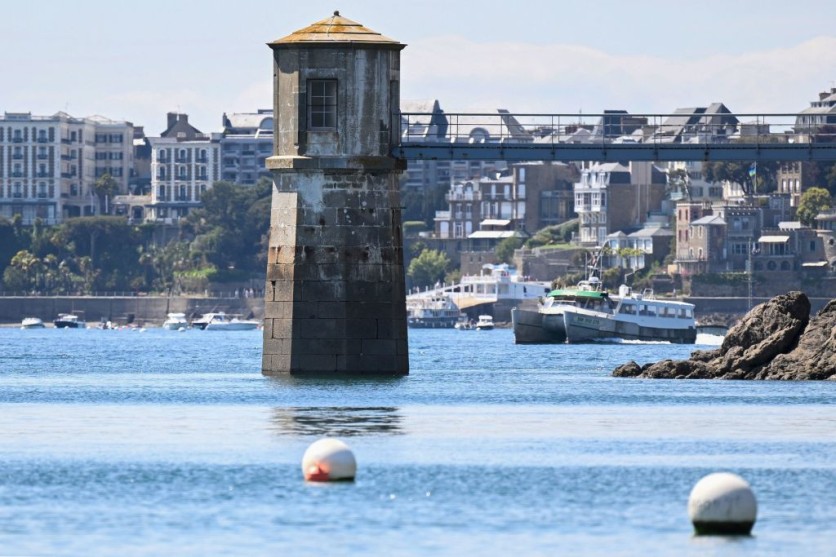Ocean Energy is collaborating with 14 industry and university partners in the UK, Germany, France, Spain, and Ireland to test its OE35 floating wave energy device at scale over the next four years, according to Interesting Engineering.

The Largest Capacity Floating Wave Energy Device
According to Ocean Energy, the OE35 is the world's largest capacity floating wave energy device. The device floats on the ocean's surface and uses a trapped pocket of air to produce electricity.
Its lower part is open to waves, so when waves pass through that submerged lower part, they oscillate and drive the trapped air through a turbine. The energy that is generated can be exported from the OE35 to the grid.
WEDUSEA Project
The collaboration is called WEDUSEA, a $19.2 million project co-funded by the EU Horizon Europe Programme and Innovate UK. Its main goal is to allow viable mass-market wave energy technology, based on a press release.
As part of the project, Ocean Energy will demonstrate a grid-connected 1MW OE35 floating wave energy converter at the European Marine Energy Centre Test Site in Orkney, Scotland. The project will have three separate test phases over the next four years.
The first phase is the initial design phase for a device suited to the European Marine Energy test site's ocean conditions. While the second phase will focus on the installation and demonstration process that will likely take two years. If everything goes to plan, the final phase will focus on the commercialization and dissemination of the technology.
Also Read: NREL's New Technology Will Convert Ocean Waves into Electricity
Wave Technology in Renewable Energy
Wave technology is particularly promising because it is a source of renewable energy that is completely inexhaustible. It also is particularly economical because it is not limited by geography and requires little maintenance. The energy it generates is also very predictable and has no intermittency issue.
Wave technology is the last of the three major renewable energy technologies to become commercially viable.
Compared to other renewable energy technologies, wave energy has the lowest energy density, meaning it is the most expensive. However, it ranks higher than solar and wind energy in terms of reliability and stability of supply.
Ocean Energy is hoping to make waves in the renewable energy sector with its OE35 device. The device is capable of generating more power than the existing wave energy technologies, according to the company. It is also much cheaper to install, it is much quieter than wind turbines, and it does not harm the local marine life.
The next frontier for the renewable energy industry is developing solutions that will be cost effective, while remaining environmentally friendly. Floating wave energy devices may soon be leading the way.
Related Article: 'Wave Energy Generator': CalWave's Clean Power Tech Finishes A Successful 10-Month Open Ocean Test
This article is owned by Tech Times
Written by April Fowell
ⓒ 2025 TECHTIMES.com All rights reserved. Do not reproduce without permission.




